The 24 Hours of Le Mans, the world’s oldest active endurance racing event, has been a cornerstone of automotive innovation since its inception in 1923. This legendary race has significantly influenced car design, technology, and safety standards, leaving an indelible mark on the automotive industry. Delving into the rich history of Le Mans reveals how it has shaped modern cars and continues to drive advancements in the field.
The Birth of Le Mans: A Historical Overview
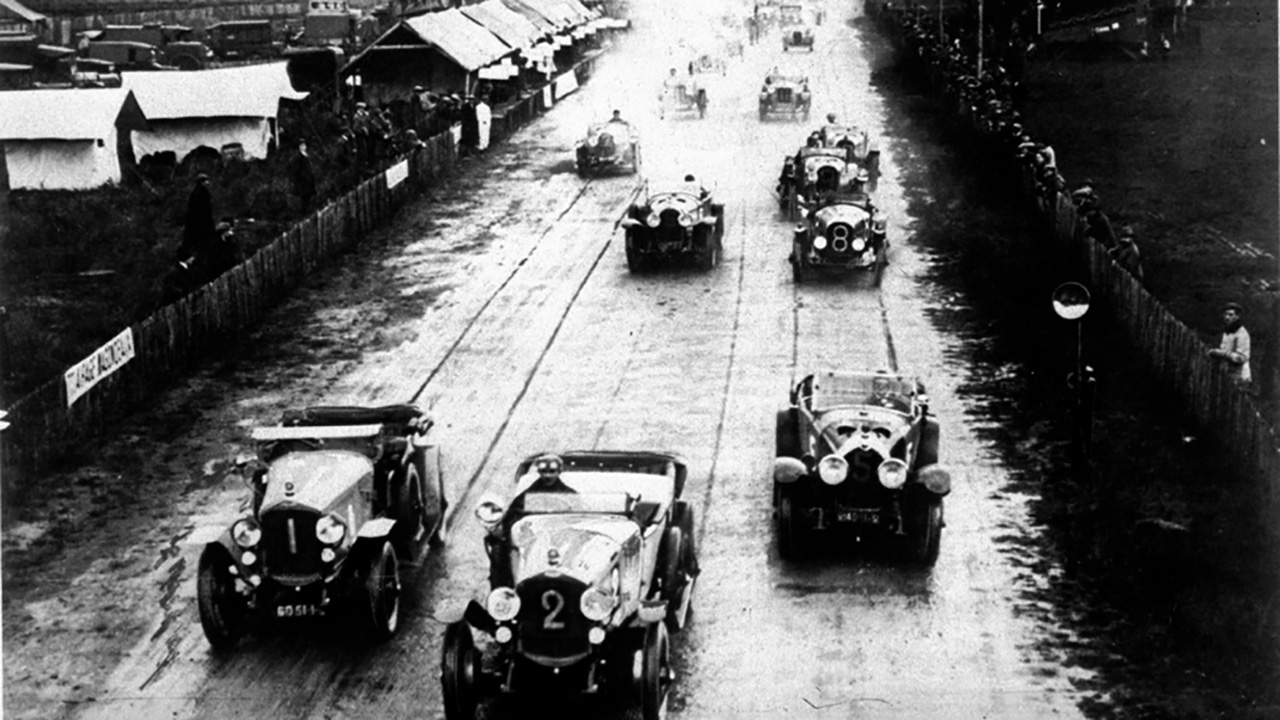
The 24 Hours of Le Mans was conceived in 1923 by the Automobile Club de l’Ouest (ACO) as a test of endurance and reliability for both drivers and vehicles. The race was designed to promote innovation in automotive technology by pushing cars to their limits over a 24-hour period. The inaugural event took place on May 26 and 27, 1923, on public roads around the town of Le Mans, France. This ambitious undertaking quickly captured the imagination of the automotive world, establishing a tradition that would endure for over a century.
Throughout its early decades, Le Mans witnessed numerous key milestones that helped define its character. The 1955 disaster, where a crash resulted in the deaths of 83 spectators and driver Pierre Levegh, marked a turning point in motorsport safety. This tragic event led to significant changes in race regulations and circuit design, emphasizing the need for improved safety measures. Over the years, the race format evolved to accommodate technological advancements and address safety concerns, including the introduction of chicanes to reduce speed on the Mulsanne Straight and the implementation of stricter safety protocols for both drivers and spectators.
Innovations Driven by Le Mans
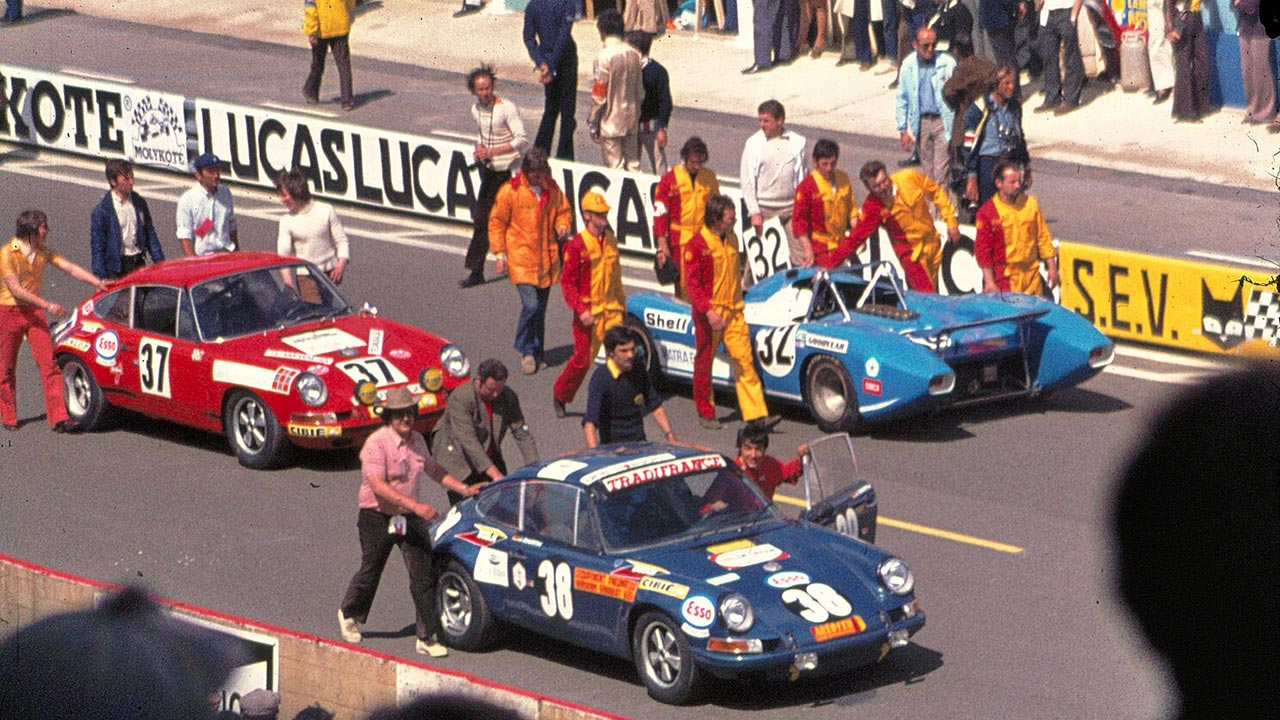
The pursuit of speed at Le Mans has consistently pushed the boundaries of car aerodynamics and engineering. Manufacturers have invested heavily in developing vehicles that can achieve higher speeds while maintaining stability and control. Innovations such as aerodynamic bodywork, lightweight materials, and advanced suspension systems have all been driven by the demands of the race. The introduction of ground effect aerodynamics in the late 1960s and early 1970s, for example, revolutionized car design by increasing downforce and improving handling at high speeds.
Endurance and reliability are at the core of Le Mans, prompting significant technological advancements in engine efficiency, materials, and design. The need to sustain high performance over 24 hours has led to the development of more durable engines, improved fuel efficiency, and the use of advanced materials like carbon fiber to reduce weight and enhance strength. These innovations have not only benefited race cars but have also trickled down to consumer vehicles, improving the performance and efficiency of everyday cars.
Safety advancements have been a critical focus at Le Mans, driven by the high-risk nature of endurance racing. Innovations in driver protection, such as the introduction of roll cages, fire-resistant suits, and advanced helmet designs, have significantly improved driver safety. Circuit design has also evolved, with the addition of safety barriers, gravel traps, and improved runoff areas to minimize the risk of accidents. These safety measures have set new standards for motorsport and have been adopted across various racing disciplines.
Le Mans’ Influence on Automotive Brands
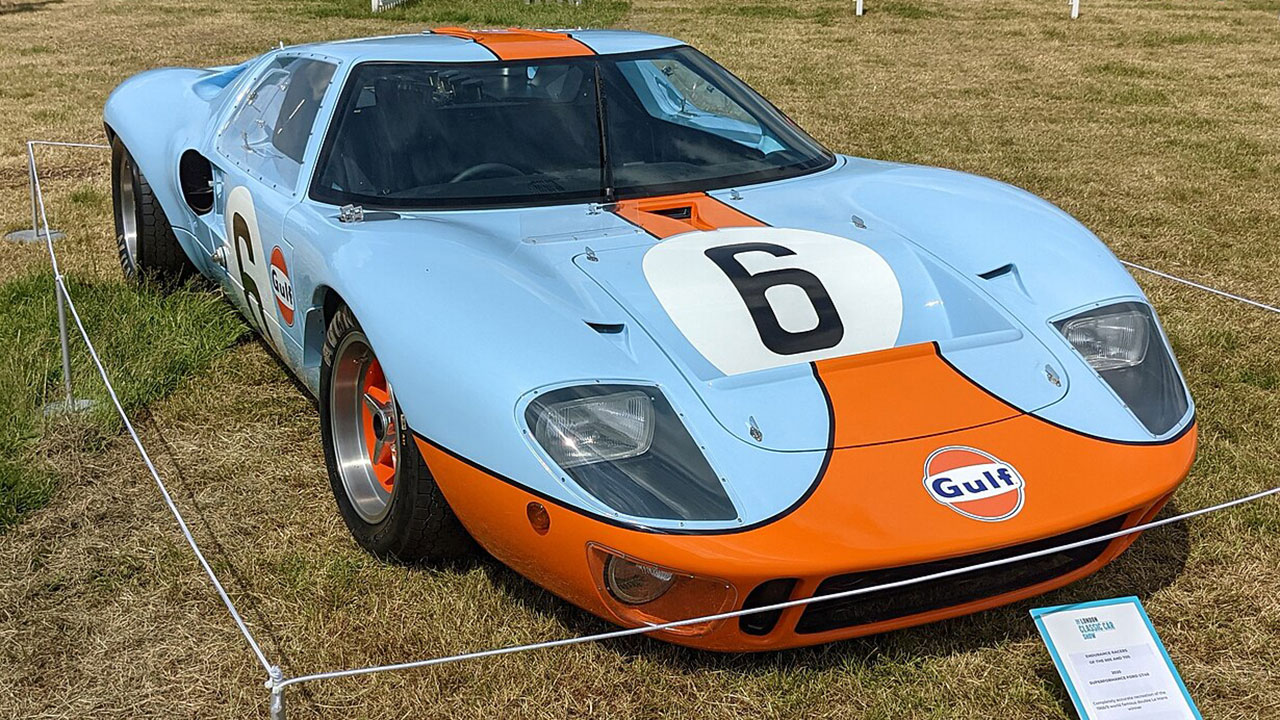
The competitive landscape at Le Mans has fostered intense rivalry among major car manufacturers, with victories at the race serving as a testament to a brand’s engineering prowess and innovation. Brands like Porsche, Audi, and Toyota have built their reputations on their successes at Le Mans, using the race as a platform to showcase their technological advancements and bolster their prestige. The fierce competition has driven manufacturers to continually push the boundaries of what is possible, resulting in groundbreaking innovations that have shaped the automotive industry.
The impact of Le Mans on consumer vehicles is evident in the transfer of racing technologies to road cars. Advancements in fuel efficiency, materials, and performance developed for the race have found their way into everyday vehicles, enhancing their capabilities and appeal. For example, hybrid technology, which has become increasingly prevalent in consumer cars, was first tested and refined in the demanding environment of endurance racing at Le Mans.
Iconic cars have emerged from Le Mans, leaving a lasting impact on the automotive industry. The Ford GT40, for instance, became legendary after its consecutive victories from 1966 to 1969, establishing Ford as a formidable force in motorsport. Similarly, the Porsche 917, which dominated the early 1970s, is celebrated for its innovative design and engineering excellence. These models not only achieved success on the track but also influenced the design and development of future sports cars.
Le Mans in Popular Culture and Beyond
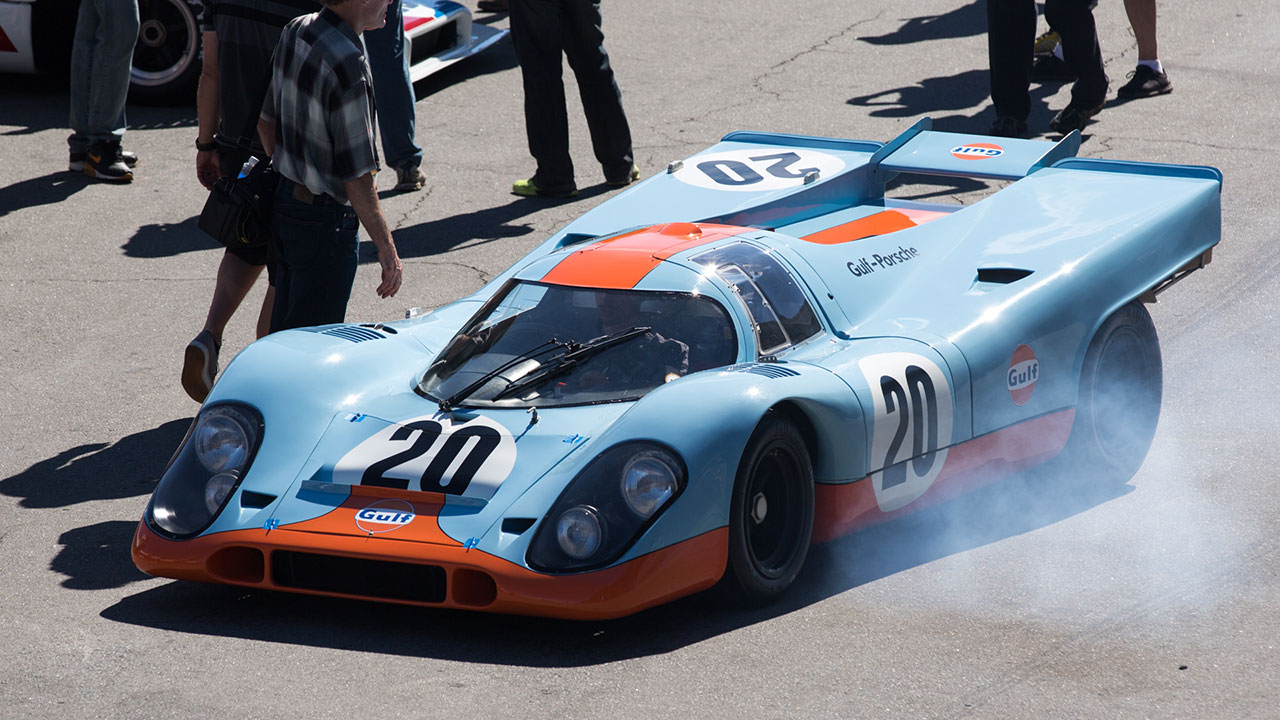
Le Mans has captured the imagination of filmmakers and audiences alike, becoming a prominent feature in popular culture. The 1971 film “Le Mans,” starring Steve McQueen, is a classic portrayal of the race, offering a glimpse into the intense world of endurance racing. More recently, the 2019 film “Ford v Ferrari” brought the story of Ford’s historic victory over Ferrari in 1966 to a new generation, highlighting the drama and excitement of the race.
The cultural significance of Le Mans extends beyond film, with a global fanbase that celebrates the race’s rich history and enduring appeal. Enthusiasts from around the world flock to Le Mans each year, drawn by the unique atmosphere and the opportunity to witness automotive history in the making. The race has become a symbol of innovation and excellence, inspiring future generations of car enthusiasts and engineers to push the boundaries of what is possible.
Le Mans’ contribution to motorsport history is undeniable, with its legacy continuing to influence the world of racing. The race has set new standards for endurance and performance, inspiring countless innovations that have shaped the automotive industry. As Le Mans looks to the future, it remains a beacon of innovation, driving advancements in car design and technology that will continue to impact the industry for years to come.
The Future of Le Mans and Automotive Innovation
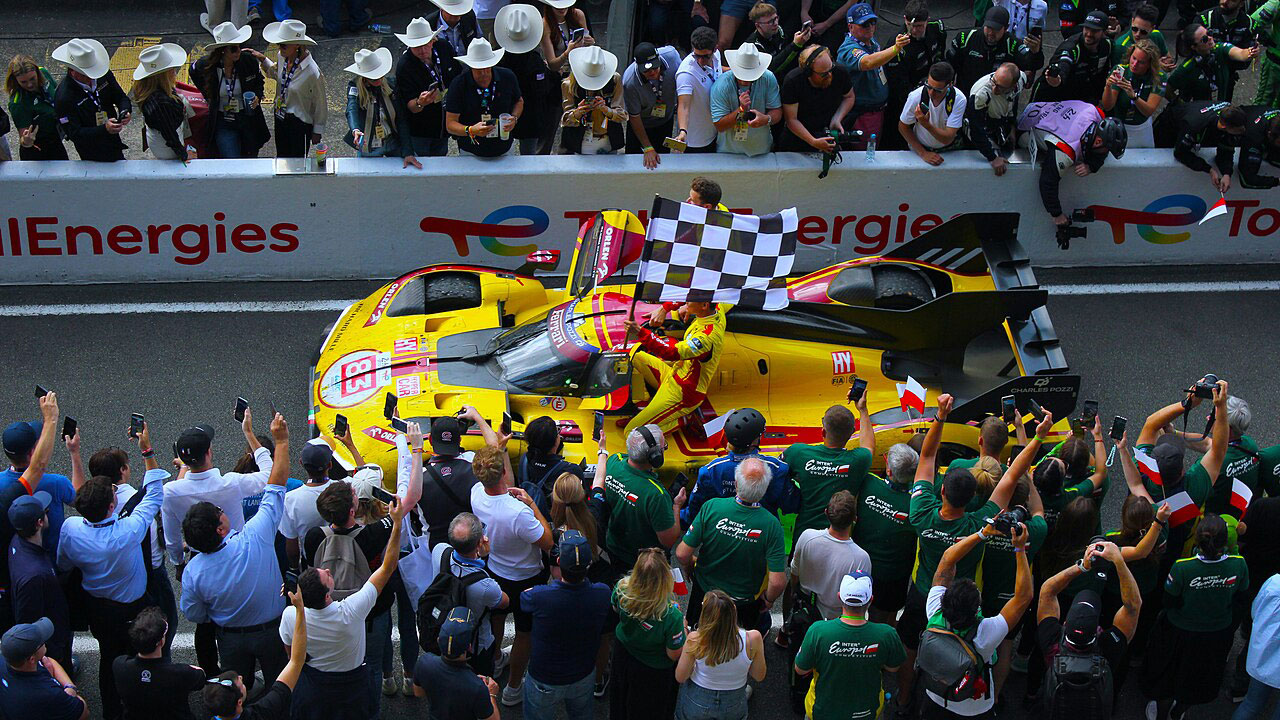
As the automotive industry shifts towards sustainability and hybrid technology, Le Mans is adapting to these changes by embracing new technologies and regulations. The introduction of hybrid and electric powertrains in the race has spurred innovation in energy efficiency and performance, paving the way for a more sustainable future. Manufacturers are now focusing on developing vehicles that can deliver high performance while minimizing their environmental impact, reflecting the broader industry trend towards sustainability.
The evolving regulations and race format at Le Mans are designed to address modern environmental and technological challenges. The race organizers are continually exploring new ways to enhance the event’s appeal and relevance, including potential changes to the race format and the introduction of new classes for alternative energy vehicles. These changes aim to ensure that Le Mans remains at the forefront of automotive innovation, driving advancements that benefit both the racing world and consumer vehicles.
Looking ahead, the vision for the next century of Le Mans is one of continued innovation and influence. As the race adapts to the changing landscape of the automotive industry, it will continue to play a crucial role in shaping the future of car design and technology. By embracing new technologies and pushing the boundaries of what is possible, Le Mans will remain a vital force in the world of motorsport, inspiring future generations to pursue excellence and innovation.
Like Fast Lane Only’s content? Be sure to follow us.
Here’s more from us:
*Created with AI assistance and editor review.

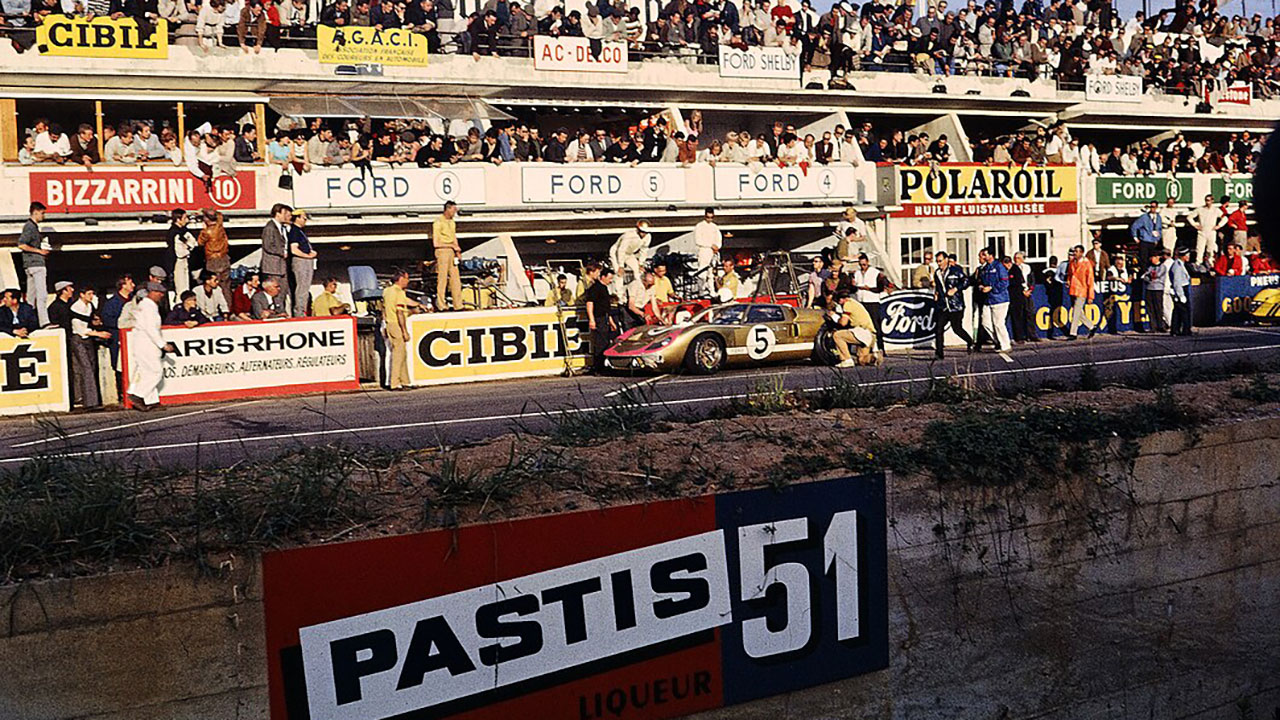


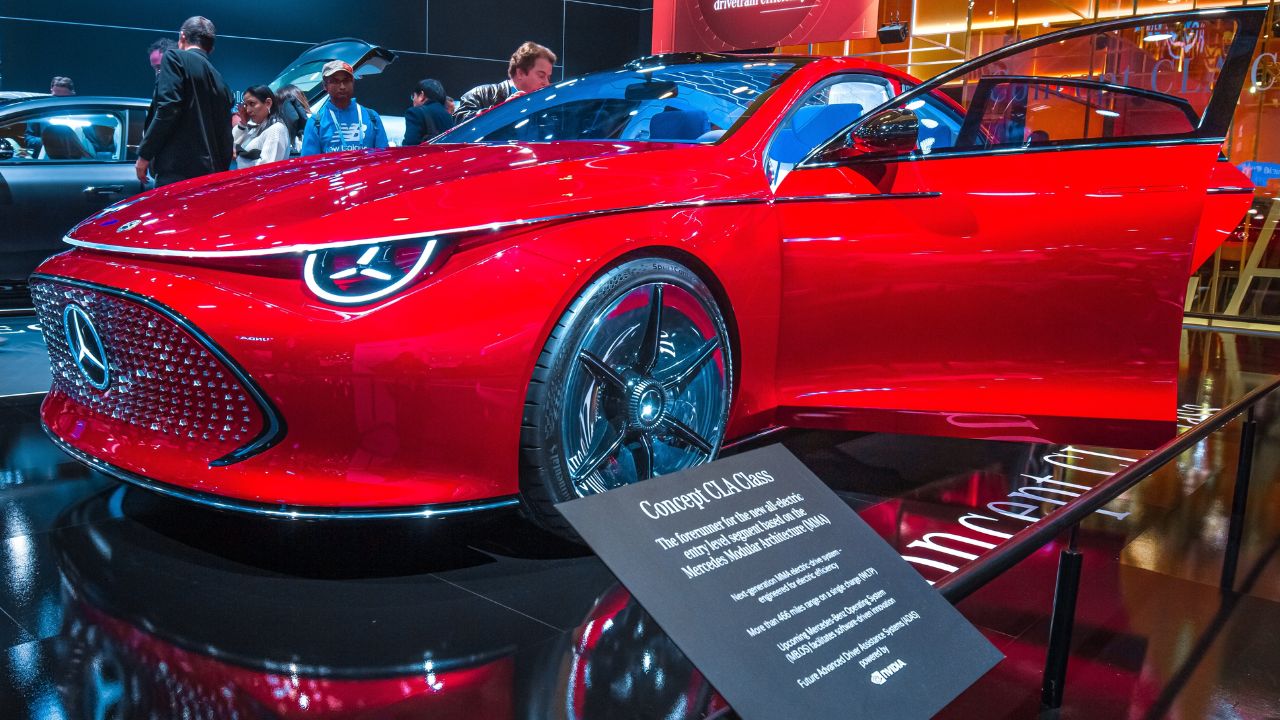
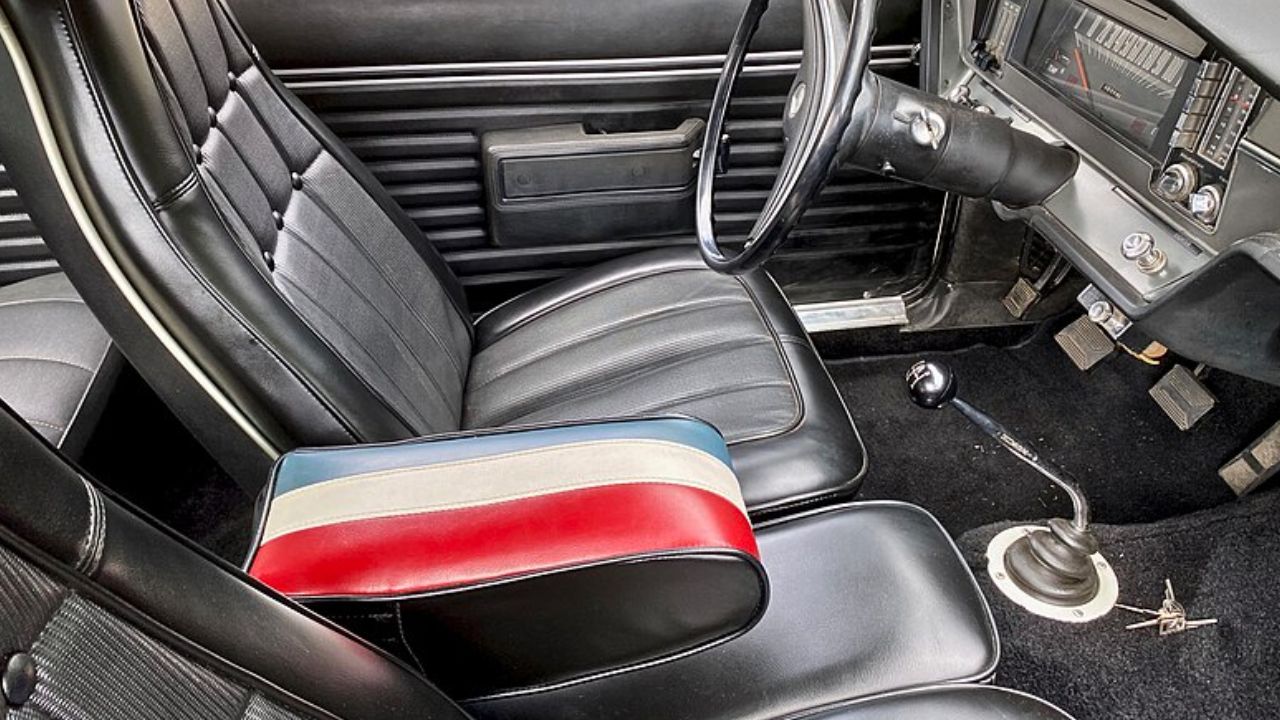

Leave a Reply